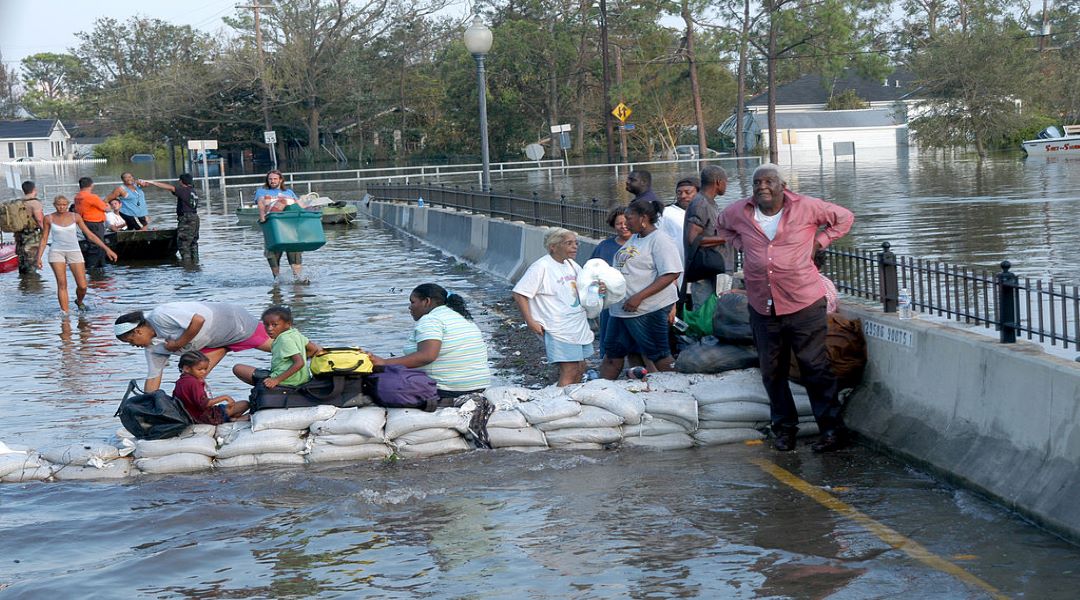In recent years, extreme weather events caused enormous damage, especially hydro-meteorological hazards such as floods (e.g., 2002 in Central Europe), tsunamis (e.g., 2004 in the Indian Ocean) and hurricanes (e.g., 2005 Hurricane Katrina in the United States). The extent and the impacts of these hazards are heavily influenced by impacts of climate change as well as changes in land use.
According to scholars from various backgrounds, such as disaster studies, economics, spatial planning, environmental management, and political science, this is and will be particularly challenging for communities in rural areas because they are at the same time confronted with changes in their demographic make-up. Developments such as ageing, population decline, or changing household structures affect their capacities to prepare for, respond to and recover from natural hazards.
For instance, communities with an ageing population are supposed to become more vulnerable to natural hazards because older people usually suffer greater physical consequences, are less capable of implementing emergency measures effectively, and are often dependent on assistance, for example in the case of evacuation. Communities have to adapt their natural hazard risk management accordingly with limited resources because tax revenues fall as a result of a declining working-age population.
Especially since Hurricane Katrina, several scholars examined changes following natural hazards, such as population movement or property quality. But only recently, also the other side of the same coin, namely the impacts of demographic changes onto the capacities to manage natural hazard risks, received increasing attention.
In his WIREs Water review, Christoph Clar provides a comprehensive overview of these linkages at the intersection of demographic and natural hazards research. It enhances our understanding of which and how various demographic factors (socio-economic status; age; migration, residency, mobility; gender and gender relations; education and knowledge; religion and beliefs; others) determine the management of natural hazard risks.
The study shows that highly interesting contributions from various disciplines provide a broad array of insights into these connections, but also that there is a great demand for discussion and clarification. Above all, most studies still apply a static perspective, which means that they focus on one or only a few particular demographic characteristics in a particular moment, for instance in the moment a hurricane arrives. Studies which develop and apply long-term oriented perspectives (would) help us to grasp the relevance of demographic change in its entirety and support policy-makers’ and practitioners’ efforts to include this knowledge in their planning.

















